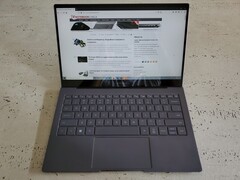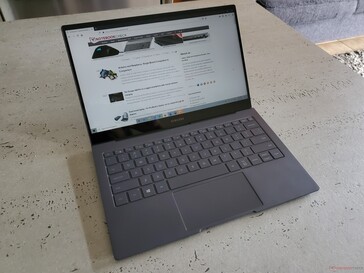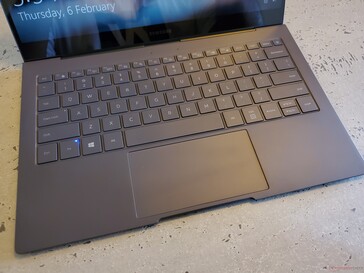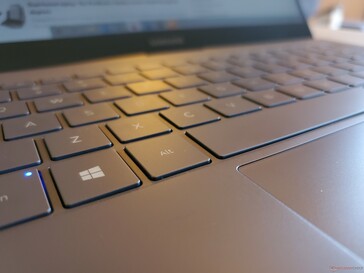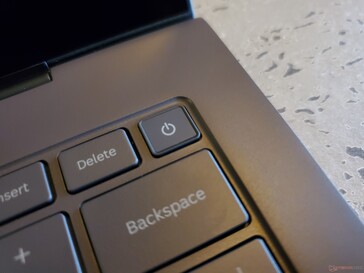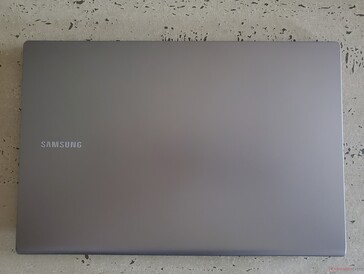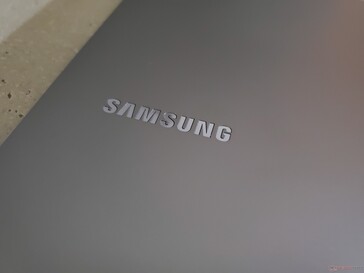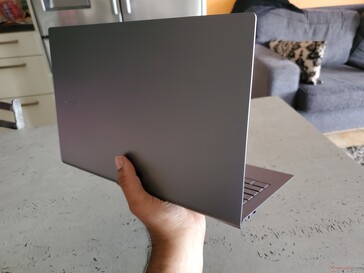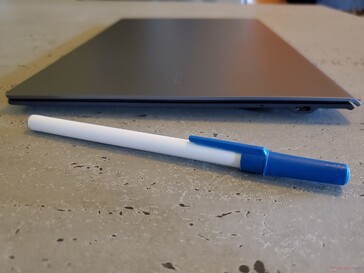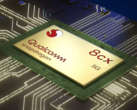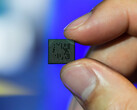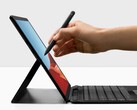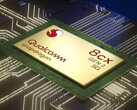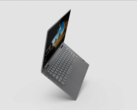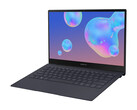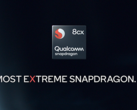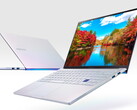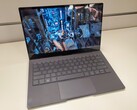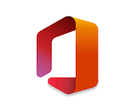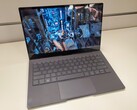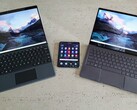Samsung’s Galaxy Note 10 Unpacked Event in August saw the company also unveil its first Windows on ARM/Windows on Snapdragon notebook which it calls the Galaxy Book S. The “Galaxy” nomenclature has typically been tied to its ARM-based smartphones and tablets, but this is the first time that it has been applied to a laptop. Accordingly, Samsung is also referring to the Galaxy Book S as a ‘mobile-PC’ is also touting its ‘always-on, always-connected’ functionality thanks to an integrated X24 LTE modem. Its Qualcomm Snapdragon 8cx chipset is also very closely related to its Qualcomm’s Snapdragon 855 and 855+ SoCs, and also Microsoft’s custom SQ1 processor found in the Surface Pro X.
Microsoft’s Windows on ARM project is a resurrection of its cancelled Windows RT project from several years ago where it first tried to tap into the performance per watt potential of ARM-based mobile chips for everyday computing purposes. Unfortunately, as we know, Windows RT failed to catch on as it wasn’t able to support regular Windows x86 apps. Windows 10 on ARM does offer some level of support for running x86 applications in a virtualized environment such are the performance gains in current high-end ARM-based chipsets since the Windows RT days, but it is currently limited to the 32-bit variety.
The Galaxy Book S is Samsung’s second Windows 10 on ARM device, with the first being the Galaxy Book 2 tablet, which is powered by Qualcomm’s 2018 ARM-based Snapdragon 850 SoC. The Snapdragon 8cx is a more PC/Windows optimized version of the Snapdragon 855/855+ which is to say that Qualcomm has focused on improving its graphics performance by incorporating an upgraded Adreno 680 in place of the Adreno 640 found in both the Snapdragon 855 and 855+. It also contains four high-performance Cortex-A76-based Kryo 495 Gold cores clocked at 2.84 GHz and four power efficient Cortex-A55-based Kyro 495 Silver cores clocked at 1.8 GHz found in the Snapdragon 855. This differs slightly to the Snapdragon 855 which only runs one of its four high-performance cores at 2.84 GHz with the other three clocked at 2.42 GHz.
We’ve had the Galaxy Books S in our hands for the past few days and have been very impressed with it on multiple levels. Firstly, its build quality is absolutely top notch. It is very much a seamless unibody aluminum design that doesn’t have a single visible screw. It is also very sturdy with a very stiff chassis despite being just 0.96 kg (2.11 pounds) in weight. In fact, it is so light that Samsung calling it a ‘mobile-PC’ is very accurate as in hand, it feels very much like carrying a tablet around. The relatively light weight of tablets is what has helped to make them popular and this is the closest yet we’ve come to laptop that can be described as being tablet-like. It also helps that it is just 11.8 mm (0.46 inches) at its thickest point and just 6.2 mm (0.24) at its thinnest.
The Galaxy Book S features a 13.3-inch 16:9 aspect ratio IPS TFT LCD 1080p 10-point multi-touch display and it is very good. Samsung doesn’t go into any details about its specifications and we will naturally test it out thoroughly in our upcoming full review of the device. However, to the naked eye, it won’t disappoint. It offers a properly immersive experience when viewing movies with high contrast and excellent color reproduction. This is augmented by excellent dual stereo speakers tuned by AKG with support for Dolby Atmos. Text reproduction of the display when viewing documents and webpages is also sharp at normal viewing distances. It is also reminiscent of Dell’s XPS 13 in terms of its cut down bezels. Its protective glass coating does show some reflections in light, but overall, it is not especially distracting.
The full-size keyboard that Samsung has fitted to the Galaxy Book S is probably the lowest profile that it has ever incorporated into a notebook. It had to be in order to keep its overall dimensions as sleek as it has. Although we don’t yet know what sort of mechanism sits underneath (probably a redesigned scissor-switch) it is reminiscent of the ultra-short travel that annoyed Apple users of its now discontinued 12-inch MacBook. That said, it is not uncomfortable to type on, but has shorter key travel than some would like. However, after getting used to it, it starts to feel quite natural. As an added bonus, it is also backlit which is great news for mobile warriors who might use it when traveling, particularly on plane flights. The track pad is also among the more accurate you will find on a Windows laptop. Even better, the power key doubles as a fingerprint authenticator for Windows Hello and enables quick logins.
As for its performance, the Galaxy Book S is shipping globally in a single configuration. This means its Snapdragon 8cx is mated to 8 GB of LPDDR4 RAM and a 256 GB SSD. It also supports microSD expansion up to 1 TB. It is fitted with two USB-C ports configured to support USB 3.1 transfer speeds up to 10 Gbps. Wi-Fi is delivered through a dual-band MIMO antenna with support for Wi-Fi 5 (802.11ac) while Bluetooth 5.0 is also built in. In many ways, the spec highlight is that Samsung has fitted a huge battery to the Galaxy Books S (for an ARM-powered notebook) rated at 42 Wh. Samsung claims will deliver up to 25 hours of video playback. When it was initially unveiled in August, Samsung promised up to 23 hours of battery life, so it has obviously worked hard to optimize performance further in the interim.
What’s like to use? Fantastic. While it might have been nice for Samsung to give us the option to upgrade the RAM to 16 GB, it performs perfectly well with 8 GB of RAM on board, particularly if you stick with apps designed to run natively on ARM64. To this extent obviously Windows 10 runs natively on the device, as does the Office suite of apps. Microsoft Edge with native ARM support is available in beta as is Firefox. Google is developing a version of Chrome that will run natively on it as well, so it is probably best to avoid running the x86 version of Chrome in emulation if you can. If you are happy to work within these constraints, it is pretty close to being the perfect mobile workstation, especially given its exceptional battery performance and overall dimensions -- being able to charge it with your Android smartphone charger over USB-C is icing on the cake. Samsung has done a wonderful job with this machine and if you match its user profile, you'll love it. It's far more capable than a high-end Chromebook, which is its primary competition.
The Samsung Galaxy Book S is already shipping in limited markets for the equivalent of US$999. It is also currently up for pre-order in the US and is expected to ship by the middle of February. Keep an eye out for our upcoming full review of the Galaxy Book S in the next few weeks. We will also be doing a head-to-head comparison between the Galaxy Book S and Microsoft's Surface Pro X in the next week which will be helpful if you are looking to choose between the two.
Source(s)
Own




